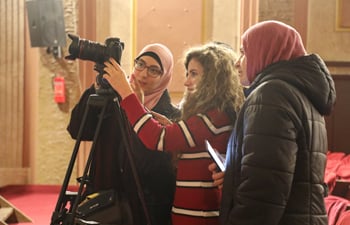History belongs to everyone
The Wintertuin Curaçao foundation uses the imaginative power of art to connect the people of the island. The history of Curaçao is often told through tales of decolonisation and the territory’s love-hate relationship with the Netherlands. But does this reflect the island’s true identity? Through the interactive exhibition The History of Curaçao in 100 Objects, the foundation tells everyday stories about the island’s past compiled for and by the local community.
The island’s identity
In 2020, discussions about Curaçao’s identity began to gain traction. Though Curaçao had gained independence a decade before, the coronavirus outbreak effectively stamped out any sense of anniversary celebration. Problems linked to poverty, inequality, unemployment, segregation and social isolation were on the rise, leading to fragmentation. This was reflected in the messages of the many different political parties participating in the elections. The crucial question on the island: Where do we go from here?
The island’s story
Searching for the stories that made up Curaçao’s identity, the foundation discovered that most concerned weighty subjects like the island’s colonial past and its relationship with the Netherlands. And they were generally written by those in positions of power and rarely told by everyday people. Not surprisingly, the island’s inhabitants were unaccustomed to participating in art projects. They would visit an exhibition, look around and head off home. Now, for the first time, they have an opportunity to determine for themselves how the past has shaped Curaçao’s identity.


